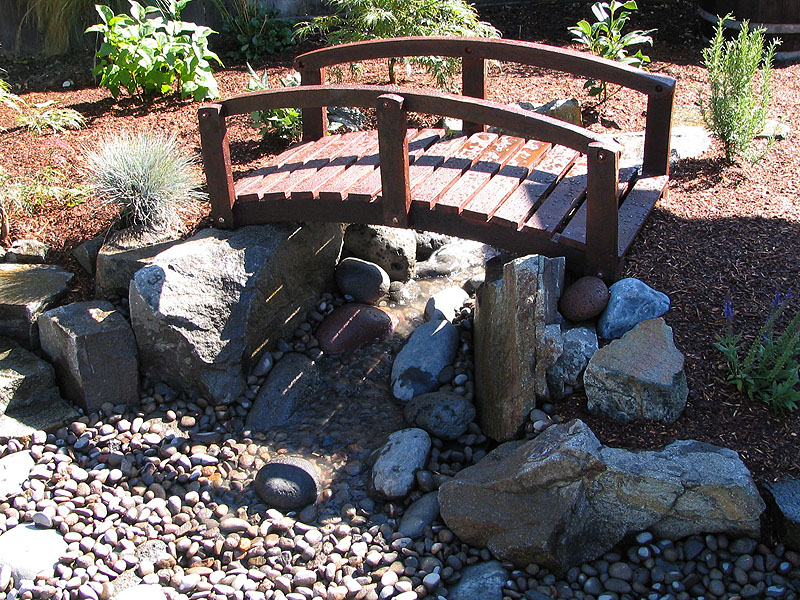Landscaping is more than just planting a few trees and mowing the lawn. It is an art form that combines creativity, design principles, and a deep understanding of nature. With meticulous planning and thoughtful execution, landscaping has the power to transform any outdoor space into a breathtaking oasis. From lush gardens to serene water features, let us explore the world of landscaping and discover the key elements that make each design unique.
At its core, landscaping is about creating harmony between the built environment and nature. It involves careful consideration of the topography, climate, and available resources to design a space that is both functional and aesthetically pleasing. From sprawling residential gardens to intimate urban rooftops, each landscape has its own character and purpose.
One crucial element of landscaping is the selection of plants. The choice of vegetation can greatly influence the overall look and feel of a space. Vibrant flowers and ornamental shrubs can add a burst of color, while tall trees can provide shade and a sense of scale. Native plants are often preferred, as they are well-adapted to the local climate and require minimal maintenance. By carefully curating the plant palette, a skilled landscaper can create a harmonious blend of textures, colors, and scents.
Another fundamental aspect of landscaping is hardscaping, which involves the use of non-living elements such as stone, wood, and concrete. Patios, pathways, and retaining walls not only serve a practical purpose but also add structure and visual interest to a design. Incorporating hardscape features can create defined spaces within a landscape, allowing for various activities and creating focal points.
Water features are a captivating addition to any landscape. Ponds, fountains, and waterfalls not only provide a soothing ambiance but also attract wildlife and create a sense of tranquility. The sound of trickling water and the shimmering reflections can transform an ordinary space into a serene retreat. Water features can be integrated into a landscape in various ways, whether as a central focal point or as a subtle addition that blends seamlessly with the surroundings.
Lighting is an often overlooked yet essential component of landscaping. Well-placed lights can highlight architectural elements, showcase plants, and create an enchanting atmosphere after sunset. Whether it’s soft pathway lights guiding the way or dramatic uplighting on a magnificent tree, the strategic use of lighting can extend the enjoyment of a landscape well into the night.
Sustainable landscaping practices are gaining popularity as people become more environmentally conscious. From rainwater harvesting to using native plants that require less water and maintenance, sustainable landscaping aims to minimize the ecological footprint while still creating beautiful outdoor spaces. By implementing green design principles and incorporating eco-friendly materials, landscapers can create sustainable landscapes that thrive for years to come.
Landscaping is an ever-evolving field, with new trends and techniques emerging regularly. From contemporary minimalist designs to lush and whimsical cottage gardens, there is a style to suit every taste and preference. The key lies in finding a balance between functionality and aesthetics, embracing the natural elements while infusing creativity and innovation.
In conclusion, landscaping is the art and science of transforming outdoor spaces into captivating havens. It combines elements of nature, design principles, and sustainable practices to create unique landscapes that reflect the vision and personality of their creators. Whether it’s a small courtyard or a sprawling estate, a well-executed landscape has the power to enhance our well-being, connect us with nature, and provide a sanctuary from the demands of modern life. So, let us embrace the possibilities and unlock the full potential of our outdoor spaces through the art of landscaping.







